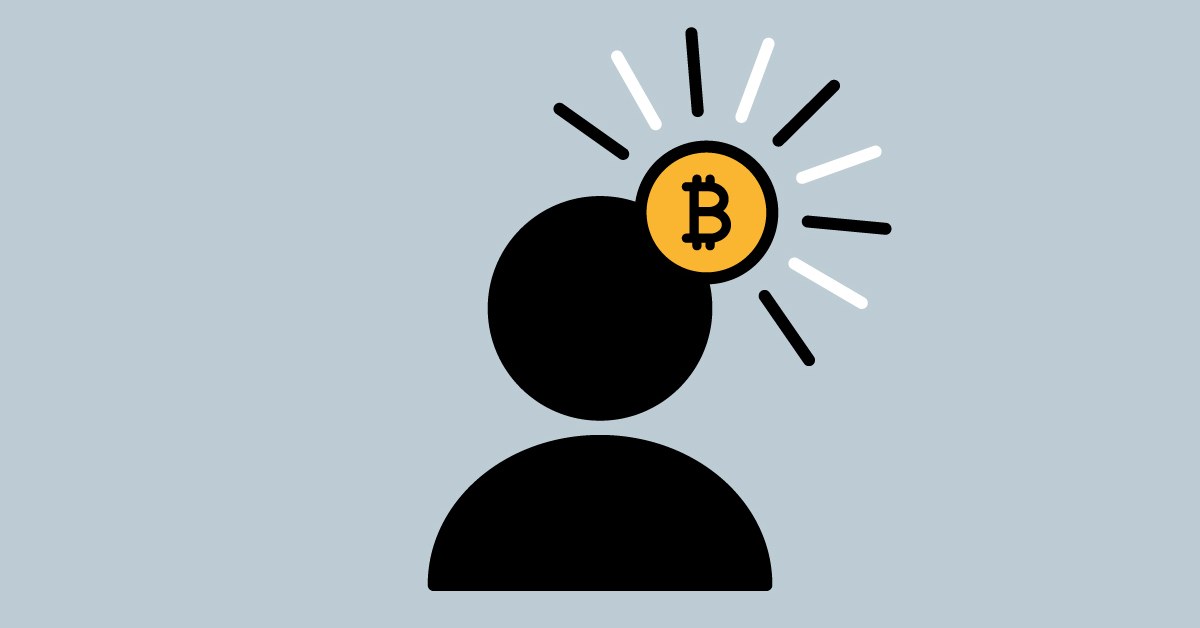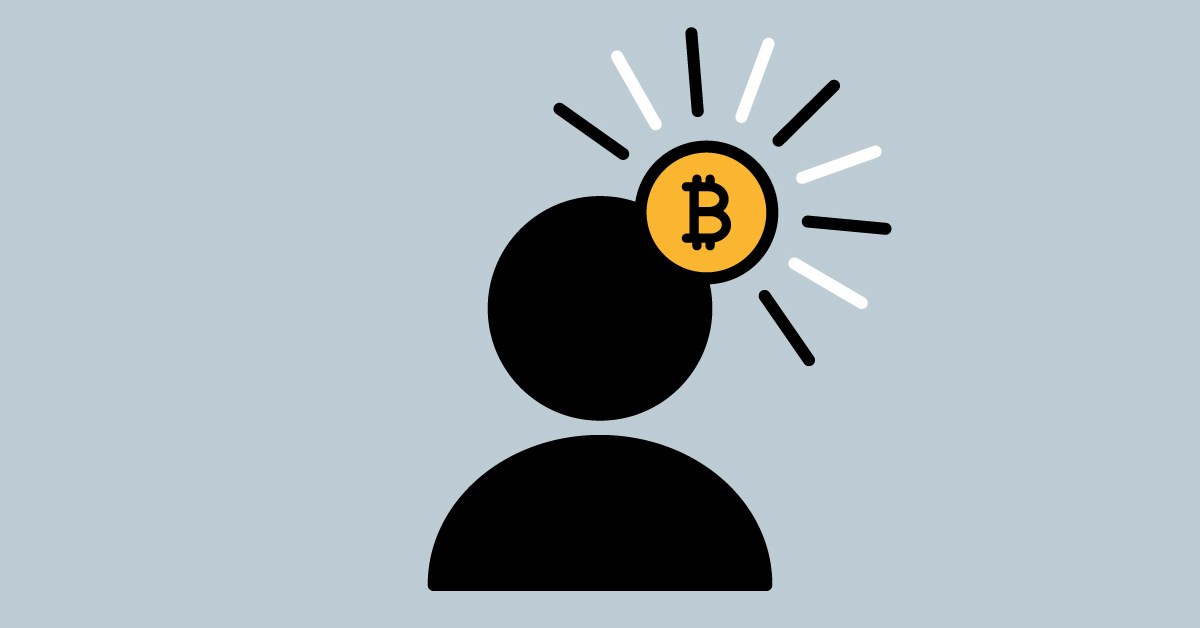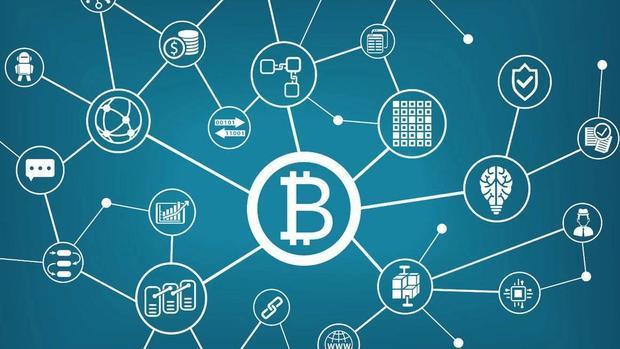No need for reconciliations, with simultaneous settlements immediately available to all participants, and instant visibility into accounts receivable, the supply chain and virtually all relevant transactions.
What if everyone involved in a financial transaction could share the same ledger—and it was always up to date? No need for reconciliations, with simultaneous settlements immediately available to all participants, and instant visibility into accounts receivable, the supply chain and virtually all relevant transactions.
Indeed, what if there was just one, unimpeachable version of the truth? That is the promise of blockchain technology.
While blockchain is often mentioned in conjunction with cyptocurrency platforms like Bitcoin, the underlying technology goes way beyond those nascent digital currencies. Formally, blockchain is a digital ledger technology (DLT), which focuses on recording and storing transactions of any type in a shared platform.
What Is a Blockchain?
As the word suggests, a blockchain is a series of connected blocks, or boxes. Each block contains data involved in a specific transaction. As each transaction occurs, it is stored in a block and added to the chain. Together, the blocks form a distributed database that can hold a growing number of records—a blockchain.
But unlike a traditional database, in which information resides in unique repositories across multiple partners and must ultimately be reconciled, the distributed blockchain database creates a single, shared digital ledger.
Source/More: KPMG BrandVoice: Blockchain And The Future Of Finance















